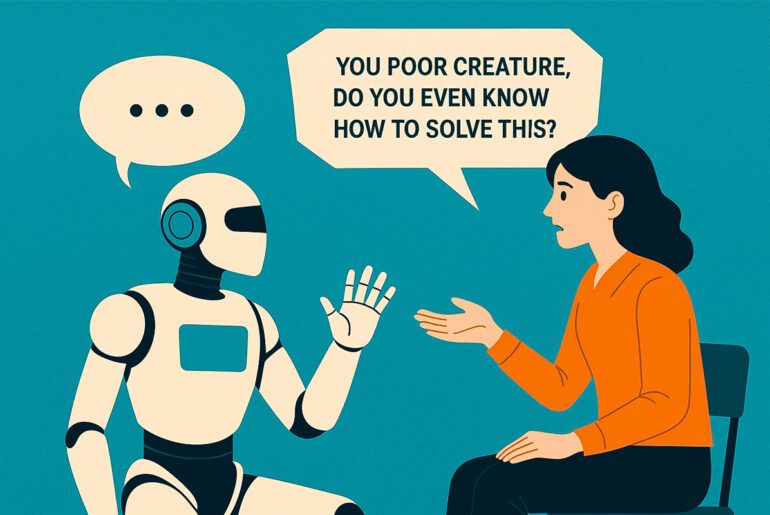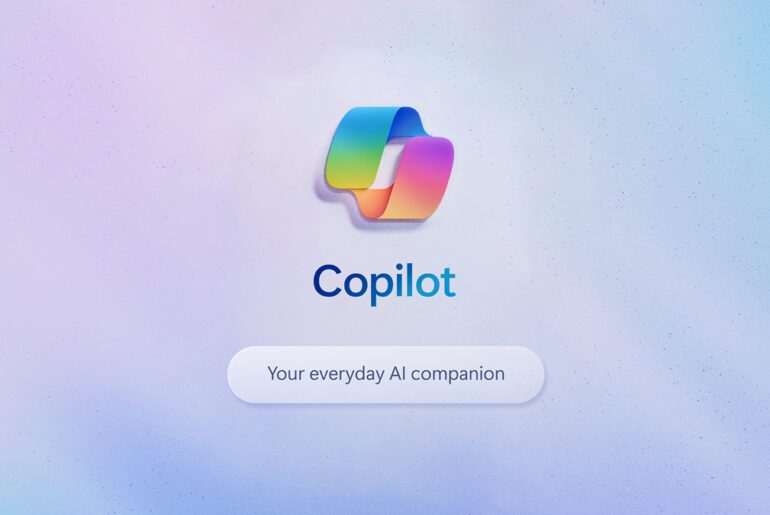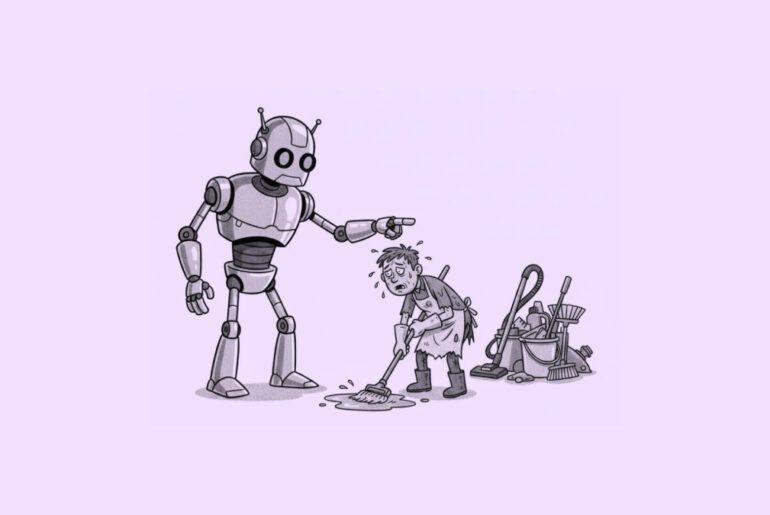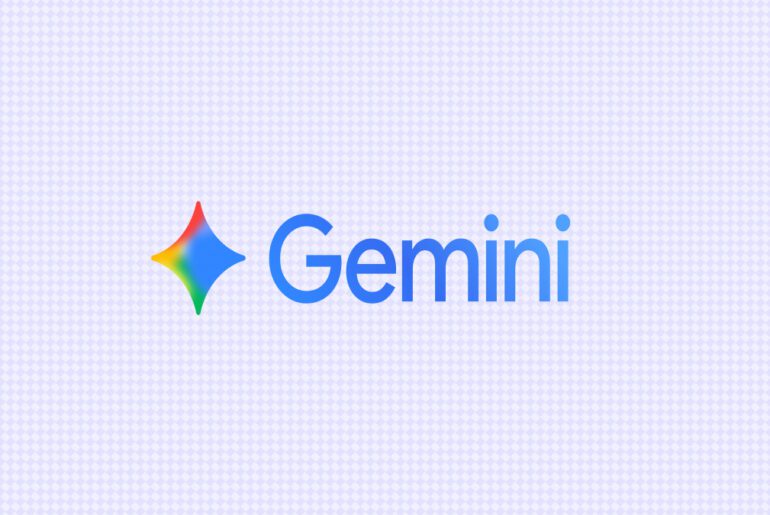Let me tell you: when someone at the center of the AI boom warns that many will lose money, you pause. You perk up. Sam Altman — CEO of OpenAI, one of the most prominent voices in artificial intelligence — has lately grown more candid about the perils ahead. He doesn’t sugarcoat that risk. He says we’re in a bubble. He says people will overinvest, underinvest, and “make some dumb capital allocations.” He’s warning of a reckoning.
Why does that matter? Because Altman isn’t shouting from the fringes — he’s inside the arena. When the game’s heating up, the captains see what’s happening on the field. So if he’s saying “many will lose,” we should listen.
Let’s get precise. In interviews and public remarks, Altman has made a few stark observations (with a mix of humility and bravado):
- He acknowledges that we are in an AI bubble — with valuations, funding rounds, and expectations inflated around nascent ideas. (The Verge)
- He warns that “people will overinvest and lose money, or underinvest and lose a lot of revenue.” (Futurism)
- He concedes OpenAI (and others) might “make some dumb capital allocations.” (Fortune)
- He’s vivid when he says: “Someone is going to lose a phenomenal amount of money.”
- Still, he remains optimistic: overall, he expects AI to deliver “a huge net win for the economy,” even if the ride gets rough.
So yes — he’s sounding alarm bells. But he isn’t abandoning hope. He’s framing this as risk plus opportunity.
Why he might believe that — forces shaping the risk
What gives weight to his warnings isn’t melodrama, but structural pressures in how AI is being financed, deployed, and hyped. Below are some factors that help explain why “many will lose money” might not be hyperbole.
1. Overexuberance and irrational capital flows
Startups with minimal traction — three people and an AI idea — are landing enormous rounds. That’s not rational; that’s speculation. Altman calls it “insane” when valuations are detached from fundamentals.
2. Bubble echoes from history
We saw something similar in the dot-com era: real underlying opportunity (internet), mixed with hype, inflated valuations, and many failures. Altman himself draws analogies to past bubbles.
3. Infrastructure costs & sunk investments
AI is heavily capital intensive — compute, data centers, specialized chips, cooling, power. The upfront cost is enormous, and returns are uncertain. Mistakes in capacity planning or timing can create losses that are hard to recoup.
4. Timing, market risk, and competition
If you build too late, someone else wins. Too early, you burn cash while the market waits. And with many players (big tech, startups, nation-state actors) competing, margins will be squeezed.
5. Overpromise and regulatory or ethical risk
Companies may overpromise capabilities (hallucinations, biases, safety issues). Governments may intervene. Public backlash or regulation can erode valuations. Someone who neglected those risks will pay.
Who are likely to lose (and who might win)
It’s helpful to see where Altman’s warning points in concrete terms. Who might get burned, and who might survive (or thrive)?
Likely losers
- Overfunded speculative startups with weak fundamentals. If you lack product-market fit or sustainable revenue, you’re vulnerable.
- Companies with misaligned cost structures. If your AI model costs too much to run, or you can’t scale profitably, you’ll hemorrhage money.
- Investors chasing hype. Late entrants paying euphoric prices may not find room for return.
- Legacy firms that don’t adapt. If incumbents fail to pivot, they may pay dearly when newer AI-native rivals overtake them.
Potential winners
- Strong AI infrastructure players. Those who supply compute, storage, chips, or orchestration tools may be better positioned.
- Companies with defensible moats (data access, domain specificity, vertical focus).
- Teams that combine AI with domain expertise — e.g., healthcare, law, climate, energy — rather than “AI for AI’s sake.”
- Prudent, capital-efficient innovators. If you can show ROI early and scale sensibly, you may emerge as survivors when the shakeout comes.
In effect: the winners will likely be those who balance ambition and restraint.
What you or your startup / portfolio can learn (if you care about not losing)
Because yes: many of you reading this may be investors, founders, or curious watchers. What lessons can you take from Altman’s caution?
- Build for fundamentals first, hype second
Don’t let buzzwords substitute for a clear business model. If your AI adds measurable value (reduced cost, increased revenue, unique insight), you’re safer. - Be realistic about costs
Model energy, hardware, maintenance, scaling — these are not negligible. Underestimating them will sink you. - Stay agile and ready to pivot
If market signals change (regulation, demand shifts), be nimble. Don’t overcommit your entire runway. - Diversify risk
Don’t go all in on one bet; hedge across sectors or modalities. - Watch macro and regulatory winds
Policy changes, data privacy, safety regulation — these could rapidly reshape what is investable. - Embrace modesty and humility
Altman’s warning is a reminder to stay grounded. Confidence is good; hubris is dangerous.
Now, I want to balance the seriousness with a pinch of skepticism — because Altman could be mistaken, and the future is always messier than predictions.
- He’s a partisan: Altman leads one of the biggest players, so his warnings may serve dual roles (signal, positioning).
- Timing matters: bubbles often burst unexpectedly; the blowback could come later than we imagine.
- Nonlinear dynamics: AI markets could leap in unpredictable directions — winners we can’t foresee.
- Emotional resonance: for many people, these warnings feel disconcerting. If you’re building something in AI, the fear of losing a lot can paralyze—but sometimes that fear sharpens strategy.
It’s a dance: optimism tempered with realism.
Wrap-up: listening to the voice in the storm
Sam Altman’s message is nuanced. He’s not saying “don’t invest in AI.” He’s saying: many will lose money — because markets run ahead of reality, mistakes will be made, the cost of failure is high.
If you’re watching this space, listen. Price caution is often drowned out in the noise of hype — but it’s the cautious bets that tend to survive. AI is going to reshape industries; it may deliver enormous upside. But that future doesn’t guarantee instant returns. There will be bruised ego, failed startups, risk capital lost.
You know what? That’s okay — that’s how revolutions tend to work. The ones who survive aren’t always the loudest or richest early, but the ones who keep their heads, adjust, and persevere when others flame out.










